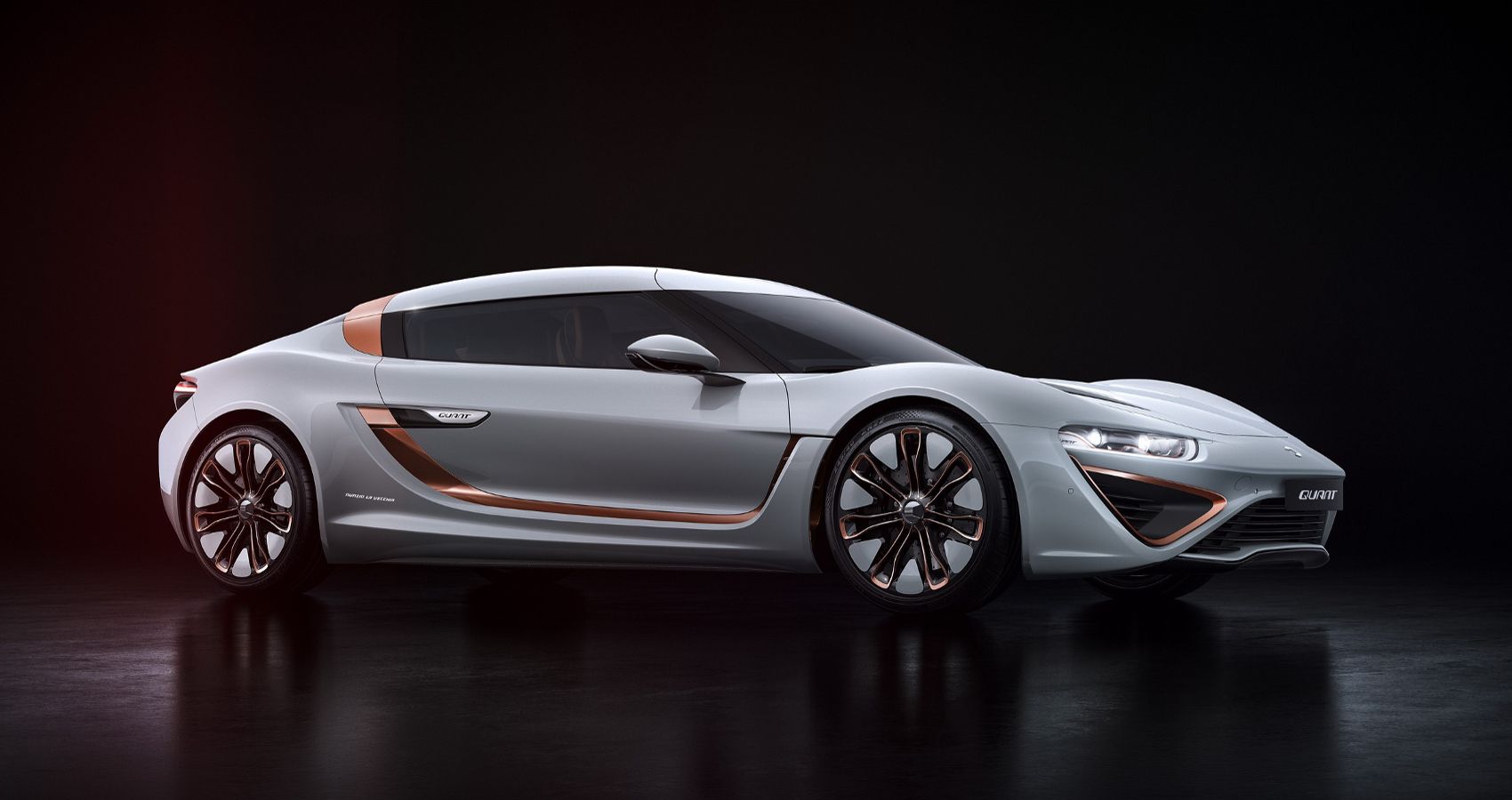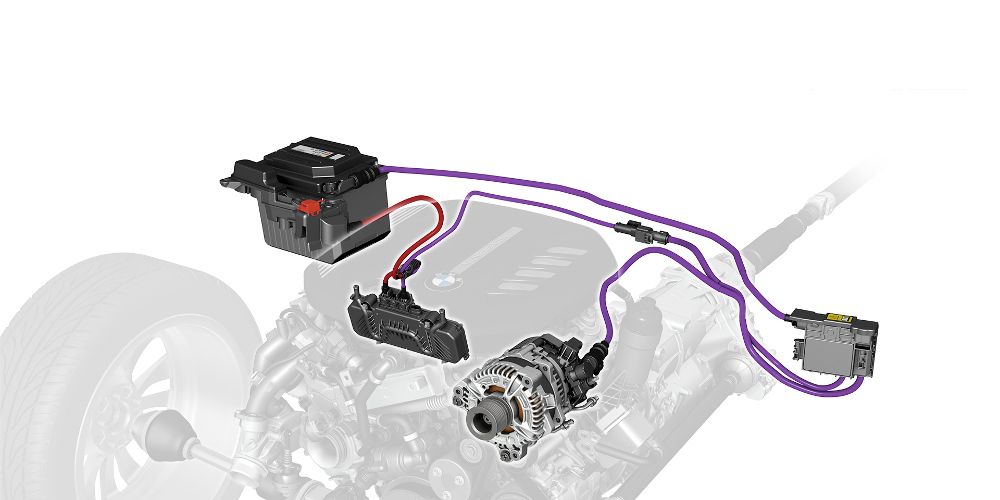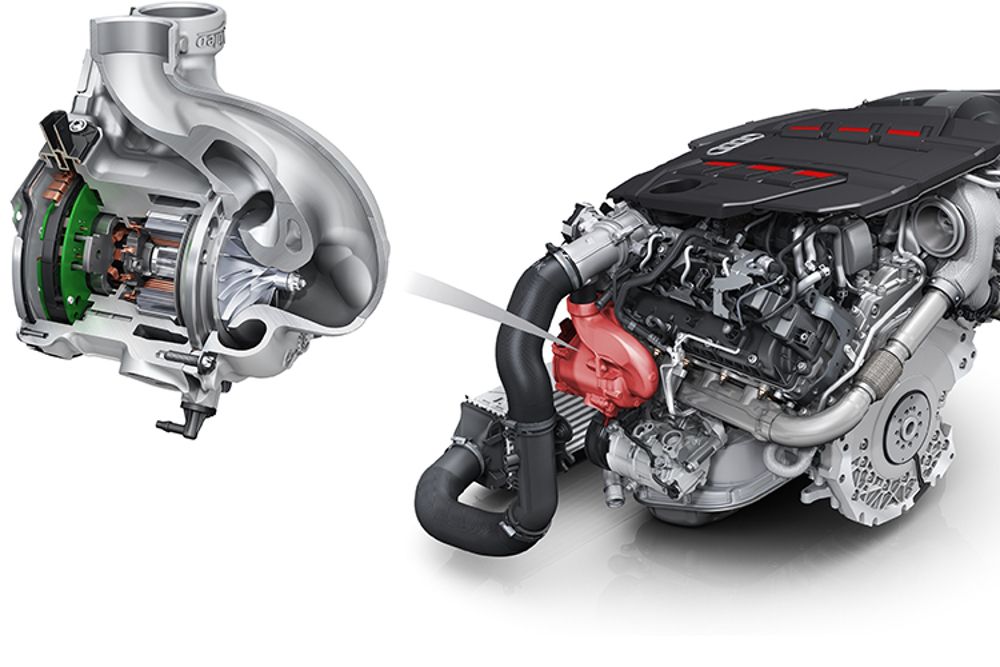In 1918, customers of the Hudson Motor Car Company were ecstatic when the manufacturer fitted its first “self-starter” supported by a new 6-volt positive-ground electrical system. At last, they could be rid of the crank handle. While the 6-volt system coped very well with wipers, turn signals, lights, and starter motor, by the early 1960s, radios, demisters, and other electrical ancillaries had stretched the system to its limits, leading to the introduction of the 12V Powernet.
With that done and dusted, the industry could get back to designing cars. Until, a mere 35 years later, when the 12V system again ran out of electrical power. So, after a brief flirtation with 42V in the early 2000s, the power is going up again – this time to 48-volt.
Although the reason for increasing the system voltage to 48V remains the same as before, this time around there’s a financial motivation behind the move. Around the world, governments are introducing stricter tailpipe emissions targets, accompanied by hefty financial penalties for manufacturers that don’t comply.
So, whilst there was no financial incentive for a manufacturer to add a 42V system – only an on-cost to be carried by the customer – car-makers now face heavy penalties for missing regulated fleet emissions.
By equipping passenger cars with 48-volt mild-hybrid powertrains OEMs can significantly reduce emissions and potential penalties, thereby partially or fully funding the 48V electrical system and the many benefits it brings.
The 48-Volt Mild Hybrid Is The Cheapest Electric Vehicle Around
Mild hybridization with a 48-volt system offers manufacturers a way to reduce emissions without the cost or complexity of higher-order hybrid and battery EVs.
In its most basic architecture, the 48-volt hybrid consists of a 48V belt-driven motor-generator (commonly referred to as a starter-generator, or simply BSG) with an integrated inverter that in the P0 configuration takes the place of the 12V alternator, a DC/ DC converter, and a small (usually 500W or smaller) Li-ion battery.
As a MHEV, such a system allows up to about 17 kW of energy recuperation during coasting, while it offers up to about 250Nm of torque assist when powering the crankshaft of the engine. This aids acceleration as well as ‘seamless’ gearshifts, supported by the system’s torque-filling capability during the shift.
This setup costs about 50% of a full hybrid EV option and can return up to 75% of the fuel and emissions savings of the HEV. When fitted to a gasoline engine, such a system can achieve the same fuel and emissions performance as a similarly sized diesel engine.
To unlock even greater efficiency improvements, the electric machine must be able to propel the vehicle in electric-only mode, as well as recuperate energy. This requires the SG to be moved to a position between the engine and driven wheels.
In this application, the e-Axle configured in the P4 topology shows a lot of promise. There are companies such as Valeo that are working on taking this concept a step further with low-speed, low-voltage all-electric vehicles.
However, notwithstanding the fuel and emissions savings that a 48-volt MHEV unlocks, it’s questionable whether the motoring public will be prepared to fork out an additional $2,500 for these benefits alone. So, while manufacturers might weigh up offsetting the savings in emissions penalties against the cost of the system, 48V electrification opens up a Pandora’s Box of value-added options that make the vehicle more attractive to potential buyers.
48-Volt-Enabled Features You Didn’t Know About
Quick to take advantage of the extra power 48-volt electrification offers, Audi has equipped its A8 flagship with predictive active suspension that controls the rolling moment of the vehicle under all conditions, including dive when braking and squat under acceleration. Thus equipped, the driver can select the ride and handling features of the vehicle that best complement the prevailing conditions.
Whenever the driving physics try to force the body down on the wheel - for example, on poorly surfaced roads – the predictive active suspension counteracts the movement. Using compact electric motors located close to each of the Audi A8’s wheels that run off the car’s 48-volt electrical system, the body can be raised or lowered by up to 3.3 in from its central position at all four corners within 0.5 seconds.
As a result, in the “dynamic” profile, the luxury sedan handles like a sports car. The A8 turns in firmly, and when cornering fast with 1 g lateral acceleration the body inclination (roll angle) is just 2 degrees, as opposed to more than 5 degrees with standard suspension.
However, it’s not only expensive luxury cars that stand to benefit from the features 48V electrification unlock. Small cost sensitive compacts can, at last, rid themselves of the power-sapping parasitic losses that are generated from driving mechanical water and oil pumps, and in some cases even air conditioner compressors. And for the downsized turbocharged engines that have to contend with turbo-lag, there’s the eSupercharger that can spool up to full boost in a matter of milliseconds, giving the conventional compressor time to catch up.
With the research company IDTechEx predicting that sales of vehicles fitted with 48-volt electrical systems will peak at a massive 13 million in 2027, 10 to 15% of the car market, those manufacturers still relying on the internal combustion engine cannot ignore the benefits of adding 48-volt electrics.



